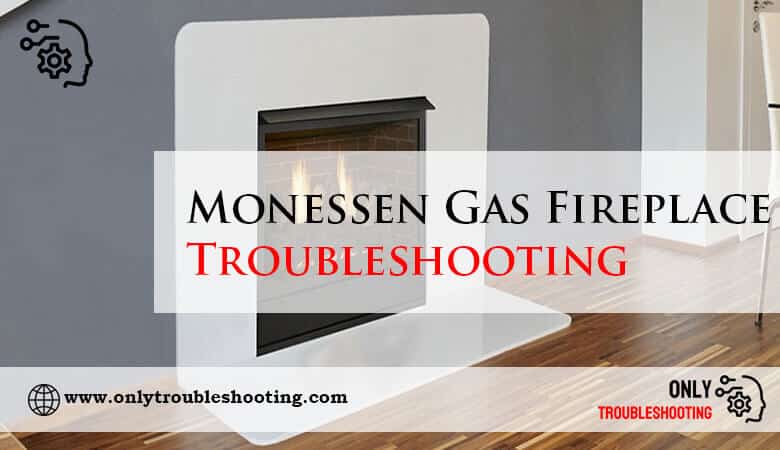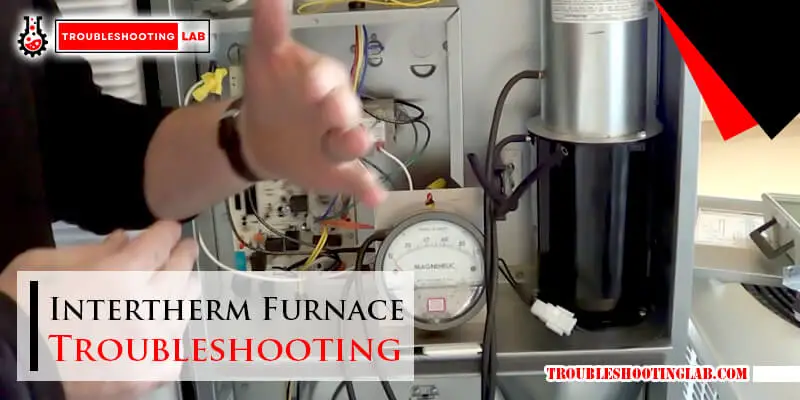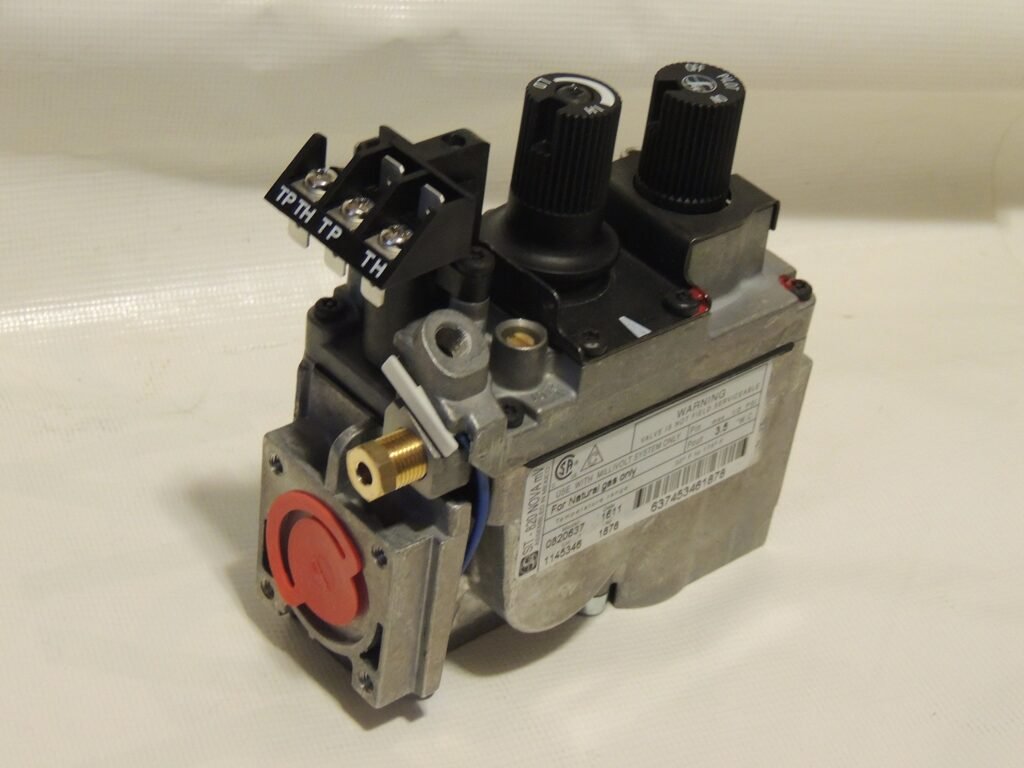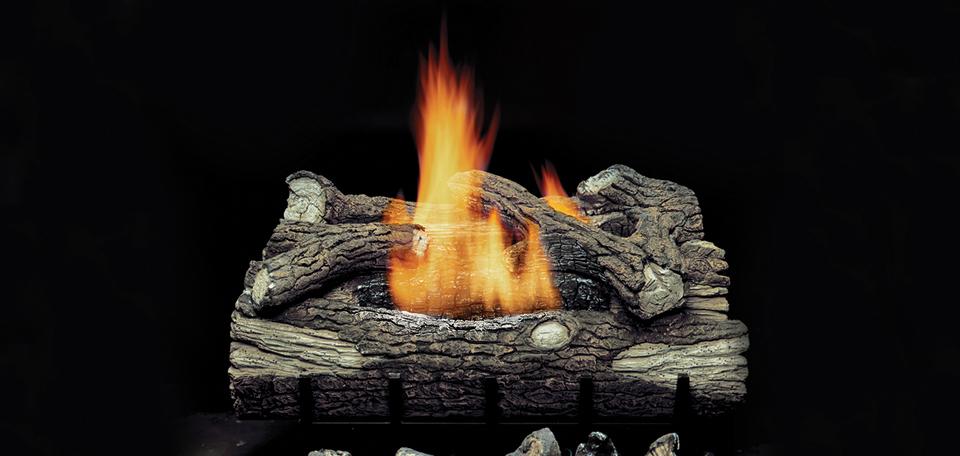Monessen Gas Logs Troubleshooting

Gas logs offer the aesthetic appeal of a traditional wood-burning fireplace without the mess and hassle. Monessen is a well-known brand offering a range of gas log sets, but like any heating appliance, they can experience issues. This guide provides troubleshooting steps for common problems encountered with Monessen gas logs, assisting homeowners, HVAC technicians, and facility managers in diagnosing and resolving these issues.
Common Monessen Gas Log Problems and Solutions
Pilot Light Issues
A pilot light is a small, continuous flame that ignites the main burner in a gas appliance. Pilot light problems are among the most frequent issues with gas logs.
Pilot Light Won't Light
Possible Causes:
- Gas Supply: Ensure the main gas valve is open. Check other gas appliances to confirm gas service to the house is working.
- Pilot Orifice: A clogged pilot orifice restricts gas flow. This small opening is typically located near the pilot light assembly.
- Thermocouple: The thermocouple is a safety device that senses the pilot flame and allows the main gas valve to open. If it fails, the pilot light will go out when the control knob is released.
- Pilot Assembly: A faulty pilot assembly can prevent the pilot from lighting.
Troubleshooting Steps:
- Check Gas Supply: Verify the gas valve is fully open.
- Clean Pilot Orifice: Carefully use a thin wire or compressed air to clear any blockage in the pilot orifice. Be extremely gentle to avoid damaging it.
- Inspect Thermocouple: Check the thermocouple for damage (corrosion, bends). Use a multimeter to test its continuity. A healthy thermocouple should produce a millivolt reading when heated. If the reading is low or zero, replace the thermocouple.
- Pilot Assembly Replacement: If the above steps don't work, consult a qualified HVAC technician to inspect or replace the pilot assembly.
Pilot Light Lights but Won't Stay Lit
Possible Causes:
- Faulty Thermocouple: As mentioned above, a weak thermocouple is a common culprit.
- Dirty Pilot Burner: Dirt and debris can interfere with the pilot flame's ability to heat the thermocouple sufficiently.
- Low Gas Pressure: Insufficient gas pressure can cause the pilot flame to be too small to properly heat the thermocouple.
Troubleshooting Steps:
- Clean Pilot Burner: Use a small brush or compressed air to remove any debris from the pilot burner.
- Check Thermocouple Connection: Ensure the thermocouple is securely connected to the gas valve.
- Test Thermocouple: Use a multimeter to test the thermocouple output while the pilot light is lit. If the output is low, replace the thermocouple.
- Check Gas Pressure: Contact your gas company or a qualified HVAC technician to check the gas pressure to your appliance. Low gas pressure requires professional attention.
Main Burner Issues
The main burner provides the heat for the gas logs. Issues with the main burner can result in insufficient heat or uneven flames.
Main Burner Won't Ignite
Possible Causes:
- Pilot Light Out: The main burner won't ignite if the pilot light is not lit.
- Faulty Gas Valve: The gas valve controls the flow of gas to the main burner. If it fails, the burner won't ignite.
- Igniter Problems: Some gas logs use an electronic igniter instead of a pilot light. A faulty igniter won't produce a spark to ignite the gas.
- Incorrect Gas Log Placement: Improper log placement can obstruct gas flow to the burner.
Troubleshooting Steps:
- Ensure Pilot Light is Lit: Follow the steps above to address any pilot light issues.
- Check Gas Valve: Listen for a clicking sound when you turn the gas valve to the "on" position. If you don't hear a click, the gas valve may be faulty. This requires professional diagnosis and repair.
- Inspect Igniter: If your gas logs have an electronic igniter, check for a spark when you press the igniter button. If there is no spark, replace the igniter.
- Adjust Log Placement: Refer to the manufacturer's instructions for proper log placement. Ensure the logs are not blocking the burner ports.
Weak or Uneven Flames
Possible Causes:
- Dirty Burner Ports: Clogged burner ports restrict gas flow, resulting in weak or uneven flames.
- Low Gas Pressure: Insufficient gas pressure can cause the flames to be weak and yellow.
- Incorrect Air/Gas Mixture: The air/gas mixture needs to be properly balanced for efficient combustion.
Troubleshooting Steps:
- Clean Burner Ports: Use a wire brush or vacuum cleaner to remove any debris from the burner ports.
- Check Gas Pressure: Contact your gas company or a qualified HVAC technician to check the gas pressure.
- Adjust Air Shutter: The air shutter controls the amount of air that mixes with the gas. Adjusting the air shutter can improve the flame quality. Refer to the manufacturer's instructions for the proper setting. Warning: Improper adjustment can create a dangerous situation with carbon monoxide production.
Soot or Odor Problems
Soot buildup and unusual odors are signs of incomplete combustion, which can be dangerous.
Soot Buildup
Possible Causes:
- Incorrect Air/Gas Mixture: An improper air/gas mixture can cause incomplete combustion, leading to soot buildup.
- Dirty Burner Ports: Clogged burner ports can also contribute to soot formation.
- Improper Log Placement: Incorrect log placement can restrict airflow and cause incomplete combustion.
Troubleshooting Steps:
- Adjust Air Shutter: Adjust the air shutter to improve the air/gas mixture.
- Clean Burner Ports: Clean the burner ports to ensure proper gas flow.
- Adjust Log Placement: Ensure the logs are placed according to the manufacturer's instructions.
- Professional Inspection: If soot buildup persists, contact a qualified HVAC technician to inspect the appliance and chimney. Soot buildup can be a sign of a more serious problem that requires professional attention.
Unusual Odors
Possible Causes:
- Gas Leak: A gas leak can produce a distinct sulfur-like odor.
- Incomplete Combustion: Incomplete combustion can produce a variety of odors, including a smoky or chemical smell.
- Dust Burning: Dust accumulated on the gas logs or in the fireplace can burn when the appliance is turned on, producing an odor.
Troubleshooting Steps:
- Gas Leak Check: If you suspect a gas leak, immediately turn off the gas supply and evacuate the premises. Contact your gas company or a qualified HVAC technician to inspect for leaks.
- Improve Ventilation: Open windows and doors to ventilate the area.
- Clean Fireplace: Thoroughly clean the fireplace and gas logs to remove any dust or debris.
- Adjust Air Shutter: Ensure the air shutter is properly adjusted for optimal combustion.
Preventative Maintenance
Regular maintenance can help prevent many of the problems discussed above.
- Annual Inspection: Schedule an annual inspection by a qualified HVAC technician.
- Clean Burner Ports: Clean the burner ports regularly to prevent clogging.
- Check Gas Connections: Inspect gas connections for leaks. Use a soapy water solution to check for bubbles, which indicate a leak.
- Maintain Pilot Assembly: Clean the pilot assembly to ensure proper pilot light function.
- Inspect Chimney: Have your chimney inspected annually to ensure it is free of obstructions.
Cost Considerations
The cost of repairing Monessen gas logs can vary depending on the issue. Replacing a thermocouple is relatively inexpensive, while replacing a gas valve or pilot assembly can be more costly. Regular maintenance can help prevent costly repairs in the long run. The cost of operation is also affected by the price of natural gas or propane in your area, as well as the unit's BTU (British Thermal Unit) rating – a measure of its heating capacity.
Safety Precautions
Working with gas appliances can be dangerous. Always take the following precautions:
- Turn Off Gas Supply: Before performing any maintenance or repairs, turn off the gas supply to the appliance.
- Proper Ventilation: Ensure the area is well-ventilated when working with gas appliances.
- Carbon Monoxide Detector: Install a carbon monoxide detector in your home to alert you to the presence of this dangerous gas.
- Professional Assistance: If you are not comfortable working with gas appliances, contact a qualified HVAC technician.
Conclusion
By understanding the common problems associated with Monessen gas logs and following the troubleshooting steps outlined in this guide, homeowners, HVAC technicians, and facility managers can effectively diagnose and resolve these issues. Regular maintenance and adherence to safety precautions are essential for ensuring the safe and efficient operation of your gas log system. Remember, when in doubt, always consult a qualified HVAC professional.










